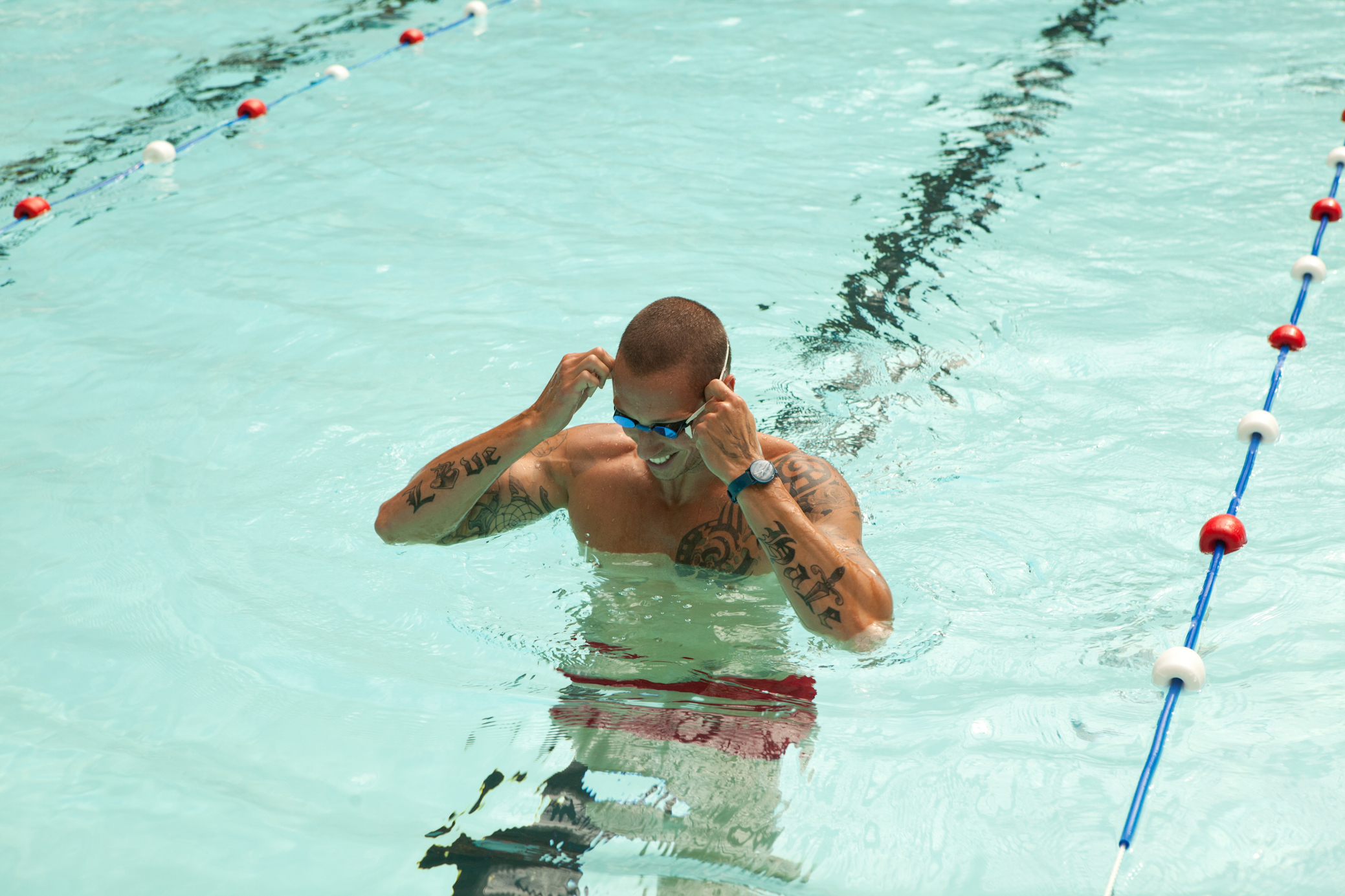
Do you want to get swimming this summer but you’re not sure where to start? We asked former 50-meter freestyle world record holder, Frederick Bousquet, a few questions on technique, stokes and more.
Before we start, could you tell us why you decided to join forces with Withings and Activité Pop?
Frederick Bousquet: There are very few technological innovations in the field of swimming and I think Activité Pop is simple yet comprehensive. I track my steps so that I can manage my resting time out of the water with the calories that I lose when swimming so I can balance my meals. I’m looking forward to using my swimming expertise to help the future development of this product.
What made you personally fall in love with swimming?
Bousquet: Competition is what really made me love the sport. We compete against the stopwatch as well as our opponents. Unlike other sports, where human judgement has the final say, in swimming the only judge is the stopwatch.
What would you say to people who want to get into swimming but don’t know what stroke to choose?
Bousquet: All strokes have plenty of benefits! Front crawl and backstroke allow you to unwind and stretch your upper body muscles, while breaststroke and butterfly take a lot more energy and help you burn more calories.
What are some swimming myths?
Bousquet: People are often advised to swim when they have a bad back, but it’s important to pay attention to your posture when swimming, just like in any sport. People also think that swimming can be boring, but it’s an excellent sport for feeling at one with your body again. Being in the water promotes well being because the silence that comes from it allows us to focus on ourselves and forget everything else.
What basic mistakes do people make in terms of technique when they swim?
Bousquet: Breathing and getting the timing right for breathing is often the biggest problem, especially when it comes to front crawl. I advise beginners to use a front-mounted snorkel when learning the technique. You can find them quite easily in shops and they make breathing easier and allow you to refine your technique. Another common error is leg-kicking. You should kick from the hip but a lot of people kick from the knee and this creates greater resistance with the water and does not produce the desired effect.
How do you turn underwater to start a new length?
Bousquet: The technical term for that, is a tumble turn. The easiest way to learn how to turn in swimming is to go back to your childhood when you enjoyed doing somersaults in your parents’ bed! You just need to recreate the same movement — but in the water. Make sure you blow a bit of air out of your nose so that no water goes up your nose, which is generally not a very pleasant feeling.
How do you maintain a balanced life when you spend so much time training in the water?
Bousquet: We swim for about four hours a day plus about an hour and a half of muscle training. Outside of training, I try to lead a healthy lifestyle by paying attention to my diet without saying no to everything. You need to keep some pleasures in life and spending time with my daughter really helps me to keep the balance.


